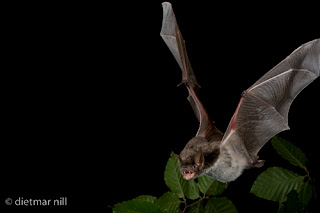The Wisent (also known as the European Bison) is like a Bison just that the Wisents tail and body is a little bit bigger and longer. Wisents are found in the southern parts of Lithuania and surrounding countries. The chart at the top states that the species of animal is "vulnerable". Did you know that the Wisent is the heaviest surviving animal in the entire Europe? They can weigh from 300 to 920 kilograms, and sometimes, but very rarely they can grow up to 1000kg! Well guys that's it for today. I am sorry this blog was so short, I just didn't have time to write it this week, but I promise that next week I will post a longer blog and maybe even extra content. Thanks for reading!!! :)
Chart from en.wikipedia.org

 The brown bear is a large bear That inhabit much of northern Eurasia and North America. Adult bears generally weigh between 100 and 635 kg (220 and 1,400 lb). An adult grizzly living inland in Yukon may weigh as little as 80 kg (180 lb), while an adult brown bear in nearby coastal Alaska living on a steady, nutritious diet of spawning salmon may weigh as much as 680 kg (1,500 lb). The exact number of overall brown subspecies remains unknown. The brown bear's principal range includes parts of Russia, the United States (mostly Alaska), Canada, the Carpathian region (especially Romania), but also Ukraine, Slovakia, Poland and so on), the Balkans, Sweden and Finland, where it is the national animal.
The brown bear is a large bear That inhabit much of northern Eurasia and North America. Adult bears generally weigh between 100 and 635 kg (220 and 1,400 lb). An adult grizzly living inland in Yukon may weigh as little as 80 kg (180 lb), while an adult brown bear in nearby coastal Alaska living on a steady, nutritious diet of spawning salmon may weigh as much as 680 kg (1,500 lb). The exact number of overall brown subspecies remains unknown. The brown bear's principal range includes parts of Russia, the United States (mostly Alaska), Canada, the Carpathian region (especially Romania), but also Ukraine, Slovakia, Poland and so on), the Balkans, Sweden and Finland, where it is the national animal.

.jpg)




